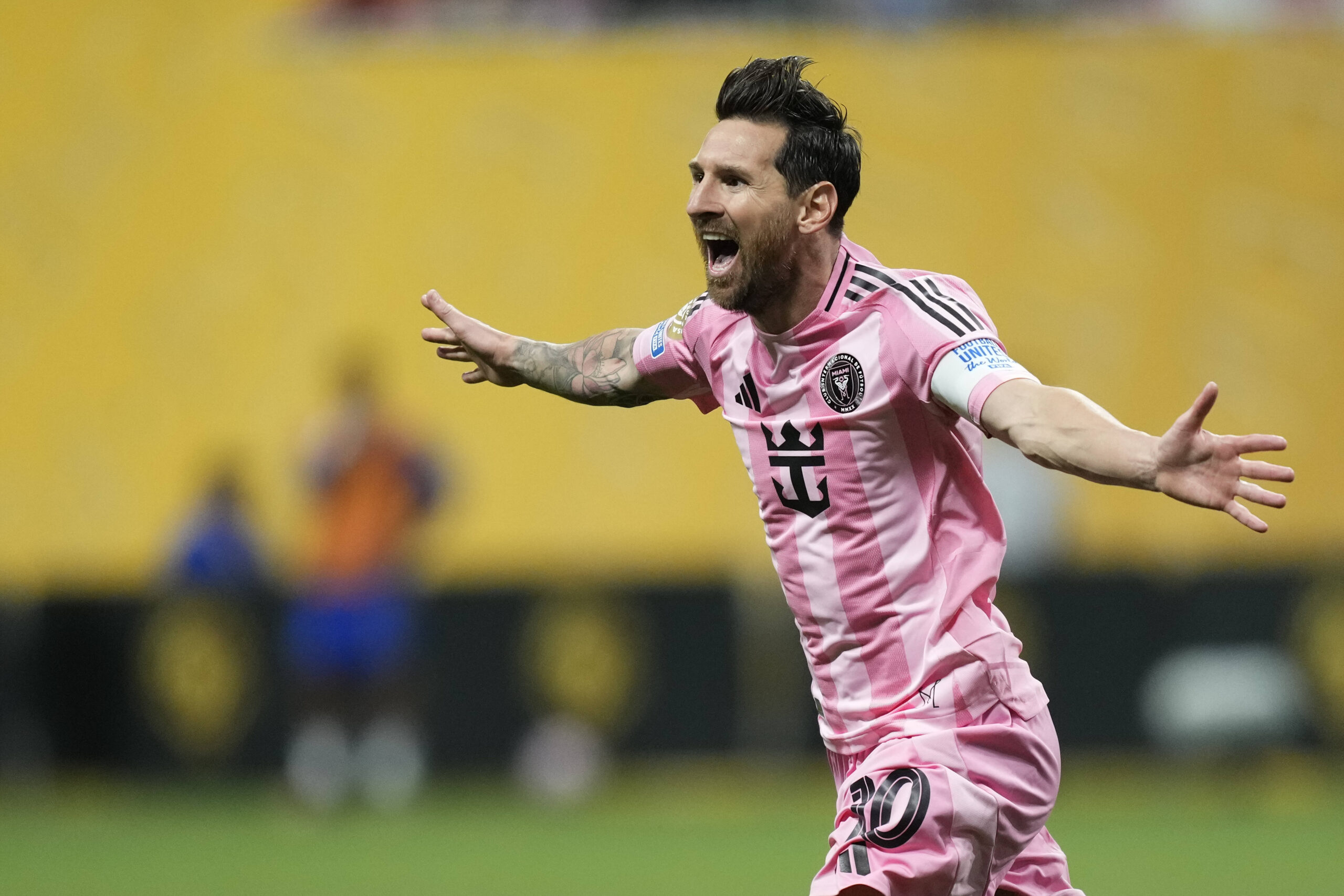It seems an incredibly straightforward question at face value. Erling Haaland is a striker, and he can hardly be criticized for not living up to both the expectations and standards required to be an elite level striker. Haaland managed 36 goals in 33 league games for Manchester City, as well as 12 in 11 Champions League games, breaking records as the main man during City’s treble-winning season.
Even this season, Haaland already has 11 goals in his first 10 games in the league. Therefore, how can there be any question of his ability or skill set? Haaland has, miraculously, been goalless in his last three starts in all competitions, and, though possibly just a bad patch of form, may also be a hint at a lack of diversity and depth to his game.
Haaland last season
Haaland is a penalty box striker, a goal machine plain and simple. Though Haaland can be effective in build-up due to his strong frame and ability to hold off defenders, he is best utilized when he can latch onto through balls or cutbacks that provide him with opportunities in and around the box. Haaland has elite movement and frighteningly good striking ability, and this is backed up by statistics.
Last season, Haaland averaged four shots a game, had an accuracy of 49% with an impressive 29.3% conversion rate, and only took three shots from outside the box all season. None of this sounds problematic, however, the problem lies deep within the statistics. Haaland exploded last season and he broke numerous scoring records, for example, the fastest player to reach 20 league goals and most goals after five league games, to name but a few.
However, although he scored 36 league goals, considering his tally of 20 in his first 14, Haaland dropped off considerably. This largely came from the opposition learning to adapt to the Norwegian machine.
Square pegs in round holes
Haaland is a goal machine that cannot be understated. However, he is more of a freight train than a ballet dancer, an agent of chaos rather than organization. As a result, this led many to question how he would fit into Guardiola’s Manchester City system. Haaland is neither a dribbler, creator, or Guardiola-esque false nine, and in a coherent free-flowing machine, Haaland can, at times, appear the ugly duckling. Toward the end of last season, and continually into the current season, though prolific at times, Haaland has been more often kept quiet by the opposition.
This has been particularly evident, due to the injury to Kevin De Bruyne. Integral to build-up and passing patterns, De Bruyne was a key cog in City’s attack, and he has often appeared far and beyond the best route to finding Haaland in behind opposition defenses. Without De Bruyne, Haaland has been largely starved of service. Furthermore, the type of service he requires has also become more predictable.
Haaland this season
Haaland’s knack for running in behind has taught opposition to often sit deep against Manchester City. However, with so many other attacking options this has often proved fruitless. Tight marking has also been used, however, even with a few touches, Haaland has often proved dangerous still. Arsenal tried a different tactic last season, which was to tightly mark Haaland with a high line, but to also drop back at any sign of a through-ball. This proved ineffective due to personnel, as Haaland spent the game bullying Rob Holding.
This season has been different. Gabriel, and particularly William Saliba, were aggressive when necessary and cautionary in their positioning, and Haaland was nullified. In his two games against Arsenal this season, Haaland has had 0.0 expected goals across both games. He was also absent against Wolverhampton Wanderers thanks to the defensive job done by Craig Dawson.
Going forward
Is this therefore the method for success against Haaland? He has looked starved for chances recently and has shown he has a weakness when it comes to creating his own chances. The Norwegian has, at times this season, looked one-dimensional and disjointed from City’s attack. He often wants to run in behind or latch onto transitional plays, but that does not suit City’s system. Therefore, his static and forced job of becoming involved in play and being a back-board for the side during build-up. This has left him as an easier prospect to defend with the right gameplan. Will this work long term?
Haaland is too effective and too clinical, and, in a side that has some of the best creators in the world, a slight change in approach or tactics will have the goals flowing again. Similarly, Haaland will undoubtedly work on adapting his game to once again assert his dominance and reign of terror. Nevertheless, for now at least, the unstoppable machine that is Erling Haaland, has proven he’s not quite the finished product just yet.




